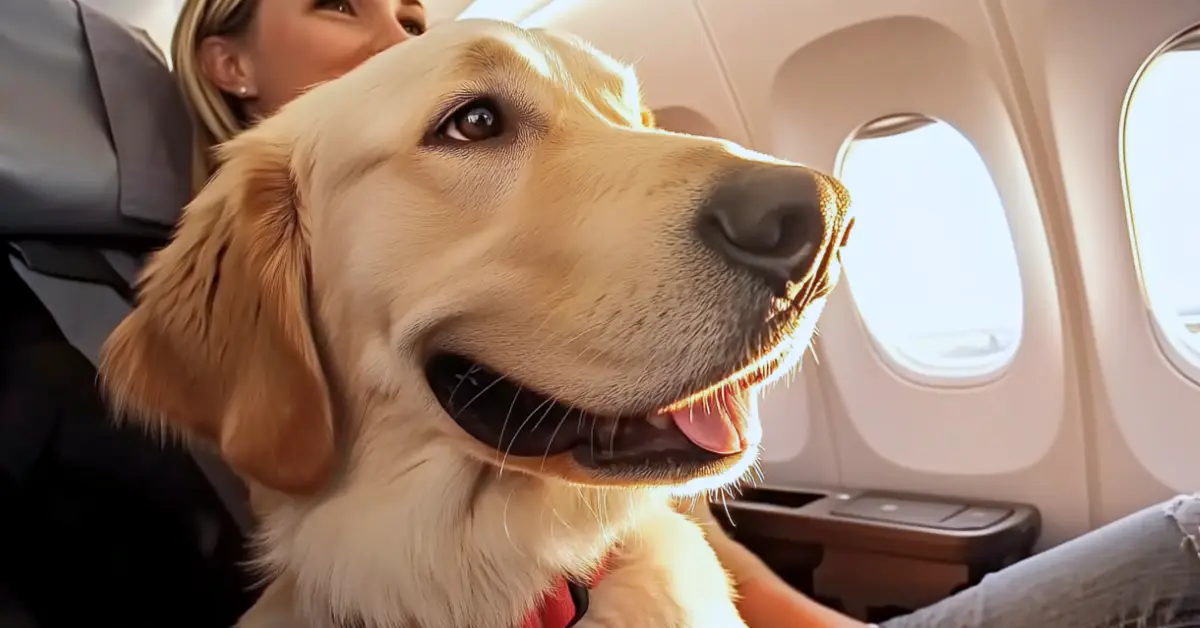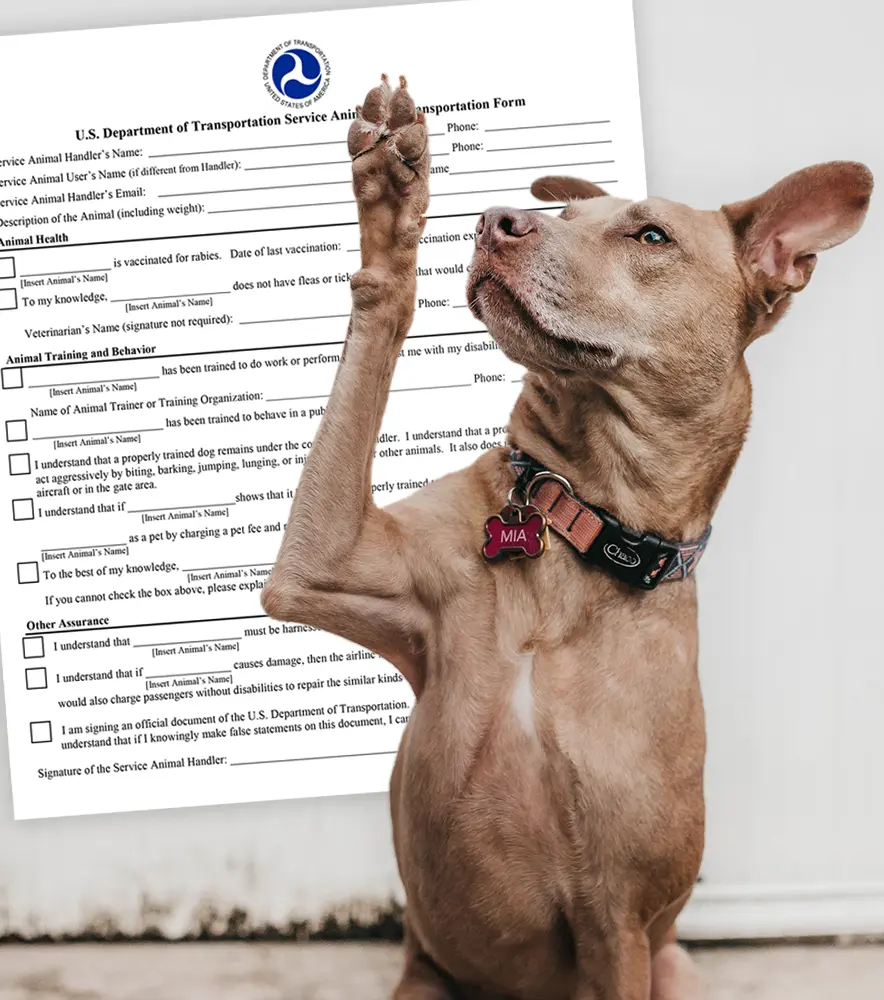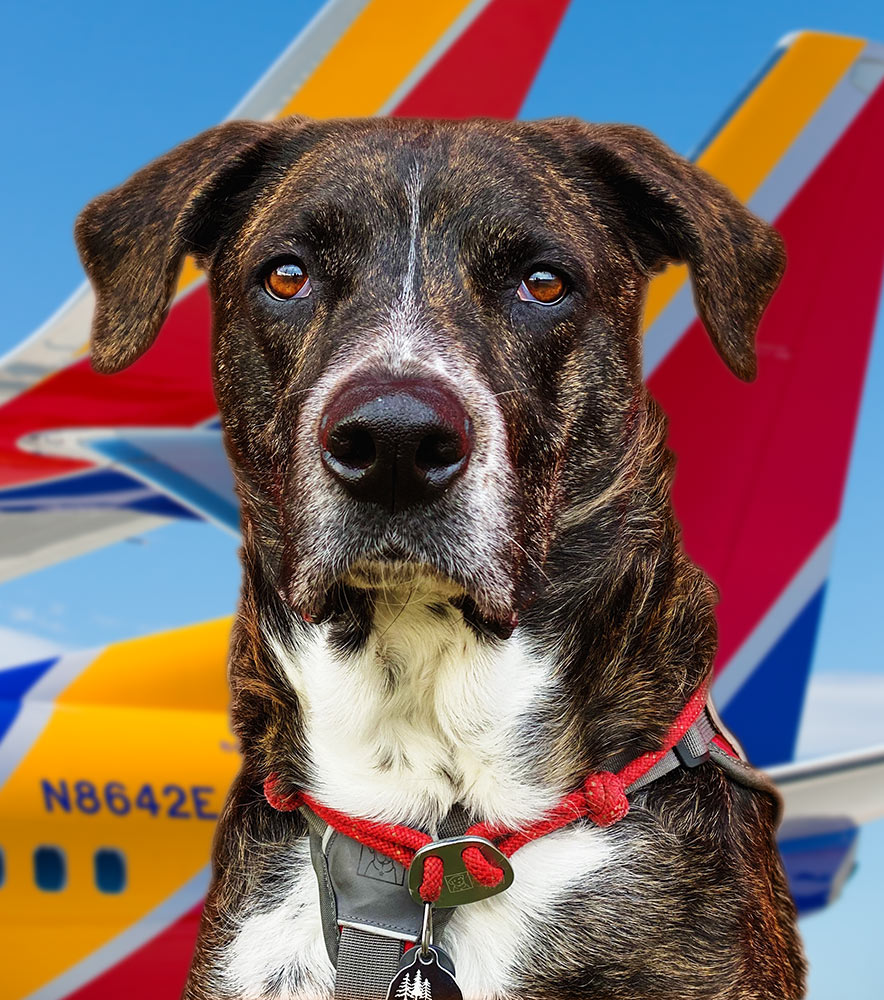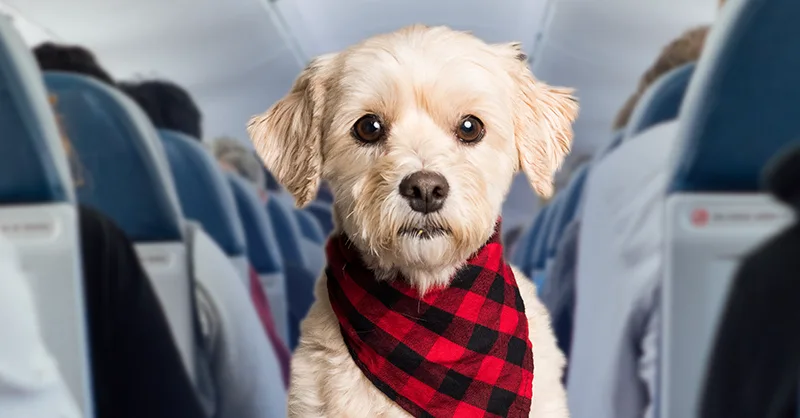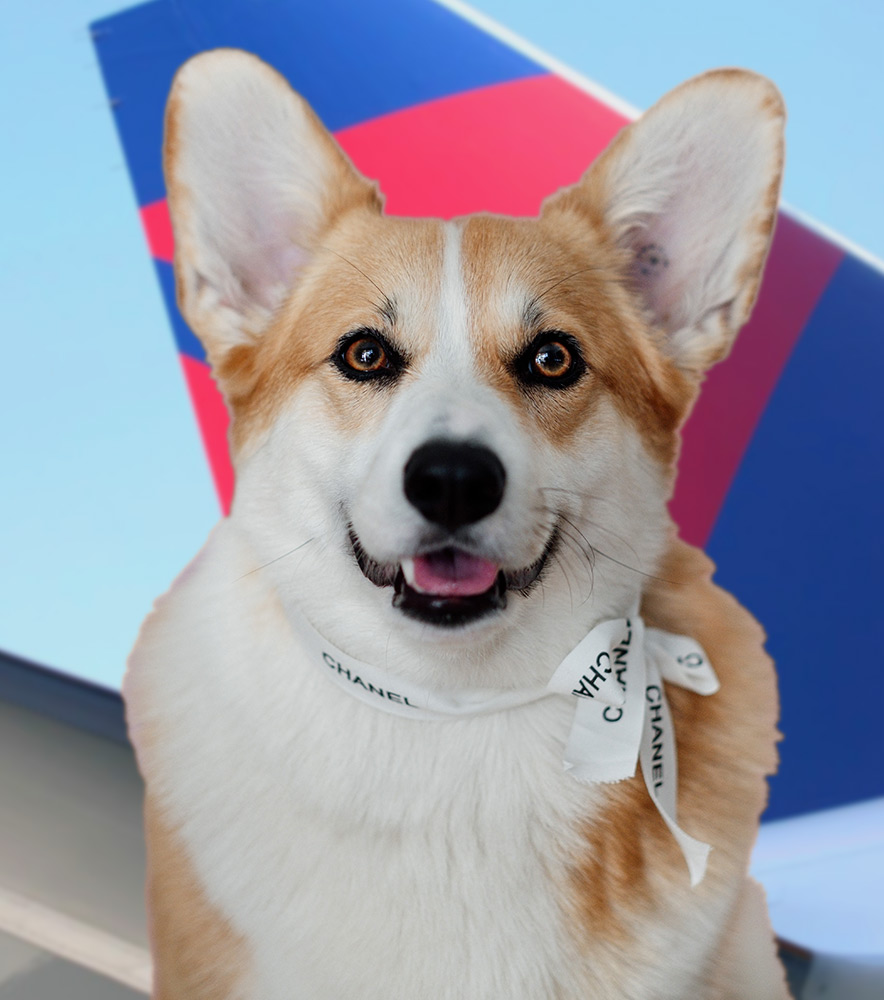Apologies, but no results were found. Perhaps searching will help find a related post.
Flying With your Service Dog or Pet
Master air travel with your service dog. Learn airline requirements, cabin policies, and pre-flight preparations.
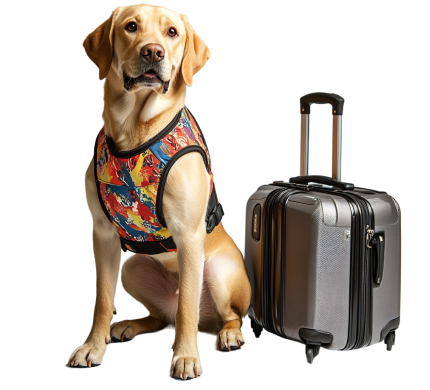
Most Popular Flying Articles
Flying With a Service Dog – The Ultimate Guide
This article was last updated on December 11th, 2024, to reflect the latest updates in the DOT’s rules for air travel. This is a guide... Read more
How to Use the DOT’s Service Animal Air Transportation Form to Board Flights
Download the DOT Form - Service Animal Air Transportation Form (pdf) here. If you plan to fly with a service dog, there is one document... Read more
How to Fly With a Service Dog on Southwest Airlines
Widely known for its excellent customer service, Southwest Airlines is one of the most preferred airlines in the United States. If you’re one of their... Read more
Flying with a Psychiatric Service Dog for the First Time
If you’re flying with a psychiatric service dog (PSD) for the first time, you may feel anxious, confused, ashamed, hesitant, or all of the above.... Read more
How to Fly With a Service Dog on Delta Airlines
If you plan on traveling, you might find yourself making arrangements to fly with your service dog. Although service dogs are protected by federal laws,... Read more
